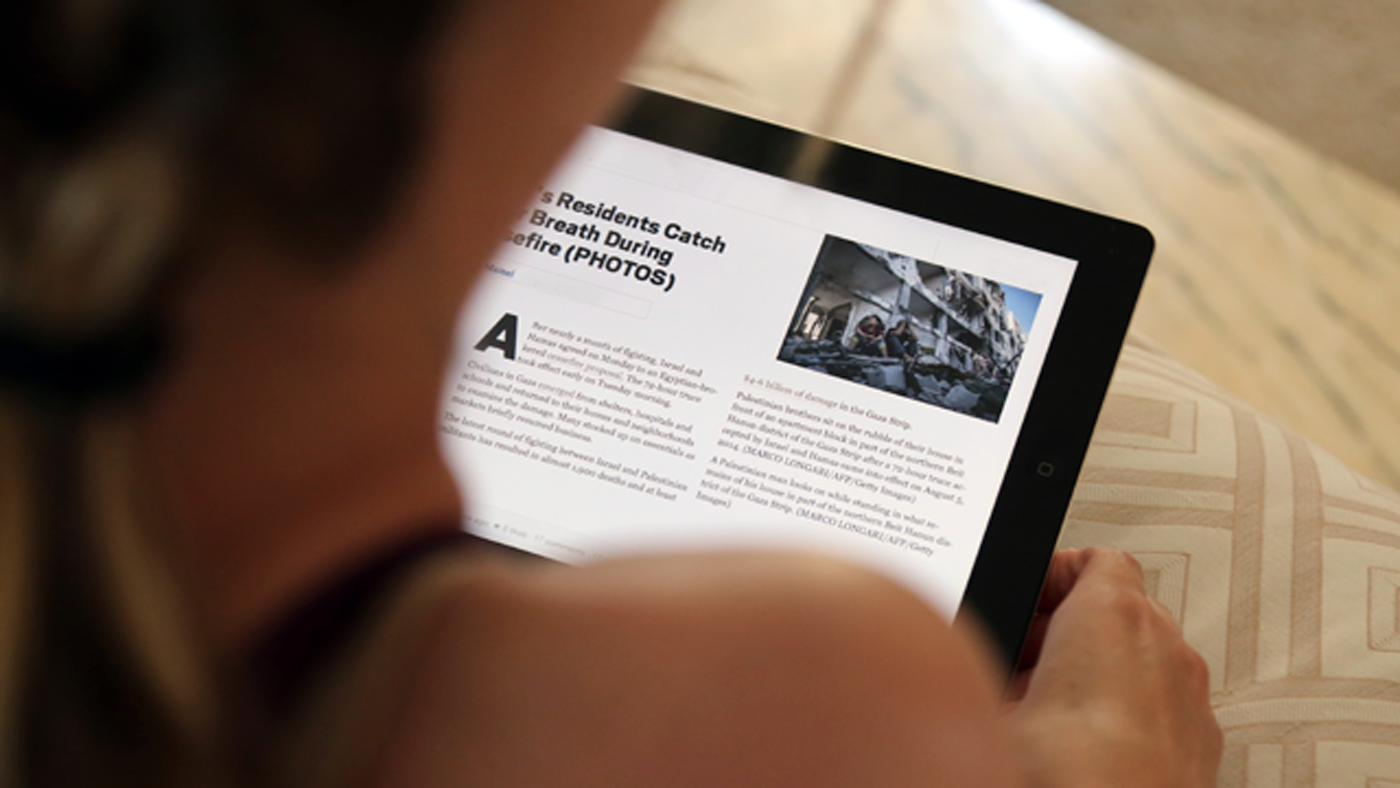The Basic Principles Of Popular News
The Basic Principles Of Popular News
Blog Article
The Basic Principles Of Popular News
Table of ContentsThe Ultimate Guide To Popular NewsSome Known Factual Statements About Popular News Popular News Things To Know Before You Get ThisPopular News - Questions
Age is also an element in the way people see the role of social networks. More youthful social media sites information consumers are most likely to claim it has impacted their knowing right. About fifty percent of social networks news customers ages 18 to 29 (48%) claim information on social media sites makes them much better notified, compared with 37% of those 30 to 49, 28% of those 50 to 64, and 27% of those 65 and older.Journalists weigh information worths when identifying whether or not to cover an event or news. Right here are the values that we consider when developing an outreach approach. Perhaps the most important component of newsworthiness is whether the story being connected effects a news outlet's target market. Allow's think of researchers have actually found a cost-efficient service to a common issue.
Research study on a state's brand-new tax obligation code most likely won't create the very same interest throughout state borders. Occasionally experts can assist center a bigger national tale that influences more than just a city or state.
If you are publishing newsworthy research, loophole in MarComm before the article being released to ensure that the pitch can highlight the most recent component of the tale: the magazine of the research study. Events and announcements that include high-profile figures are more probable to generate media coverage. Sees from nationwide figures frequently need months of prep work because of anticipated area interest.
About Popular News

Human interest components can include news value to various other tales that could seem lacking in the other worths. The novelty or anomaly of a circumstance can assist affect whether or not a news outlet is most likely to cover a tale. While this is not an exhaustive listing, examining to see if your information item or occasion has these qualities prior to calling us will help you determine which elements hold one of the most news worth.

The Greatest Guide To Popular News
There is additionally considerable evidence that more customers could start to pay for information in the futureif publishers can comprehend them and offer them well. Half of those that do not pay for information proactively seek out information look at this web-site and appear like customers in numerous ways. Popular News. And almost 2 in 10 of those that don't sign up for information currently indicate they are inclined to begin to pay in the future
We after that ask a collection of questions to figure out whether individuals pay for specific kinds of information sources. We asked people to name the resources they make use of most oftenwhether they pay for them or nothow they use them, the particular points they consider essential regarding them, and some relevant inquiries website link about the expense and value of that resource.
Individuals are attracted to information generally for 2 factors above others: A wish to be notified residents (paper clients specifically are very motivated by this) and because the publication they sign up for excels at covering specific subjects regarding which those customers especially care. While there are a host of reasons, the No.
More than 4 in 10 additionally cite the fact that close friends and family subscribe to the same product. Even more than a 3rd of individuals claim they initially subscribed in action to a price cut or promo. In print, people likewise are moved heavily to register for obtain promo codes that conserve them cash, something that has untapped ramifications in digital.
Fascination About Popular News

We asked everyone who told us they have a regular totally free source of news just how likely they would be to pay for it. Greater than a quarter (26 percent) state they would certainly go to least rather most likely to start spending for itand 10 percent are very or extremely likely. These likely payers have a tendency to be information seekers, and they likewise tend to be individuals who currently spend for an information membership along with the resource they comply with free of charge.
Of those that do pay, 54 percent sign up for papers in print or digitally, which stands for 29 percent of Americans generally. The majority of them acquire a print magazine together with their paper and pay for 2 to four news sources in total, some a lot more. And while 53 percent are long-time customers (5+ years), more than a quarter (27 percent) have acquired their paper registration within the previous year.
Couple of print customers think it likely they click this will certainly switch over to a digital-only membership in the future, and over half of those who choose digital have never spent for a print version of the exact same resource. Popular News. Fully 75 percent of newspaper payers say they mainly checked out the paper in print, while 21 percent are mostly electronic individuals, and 4 percent describe themselves as uniformly split
Report this page